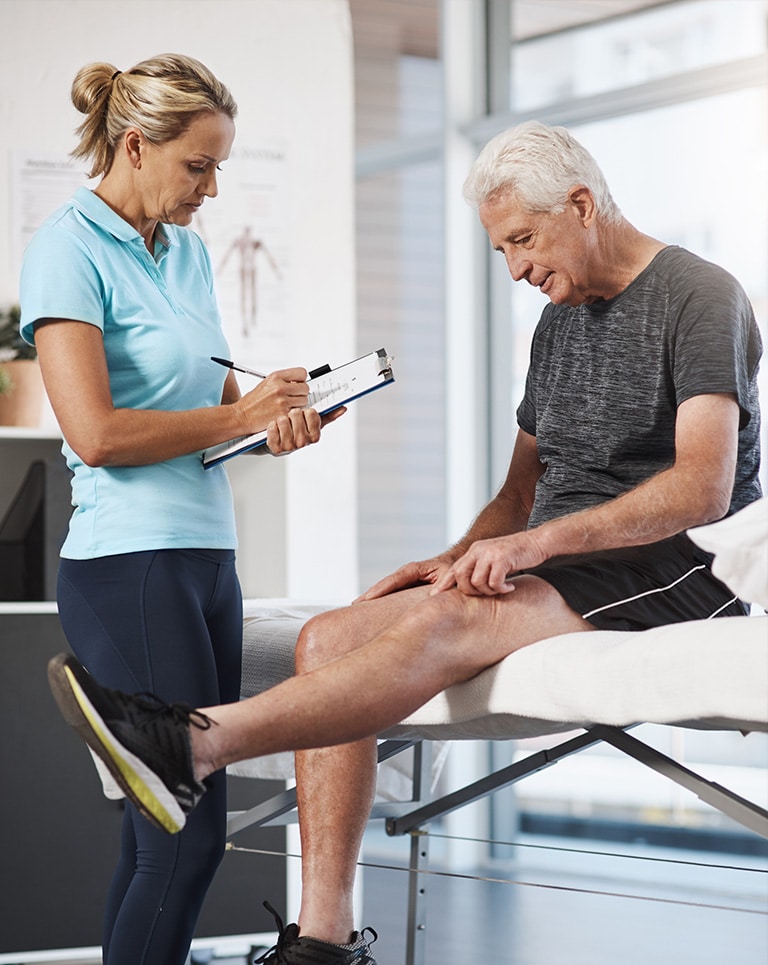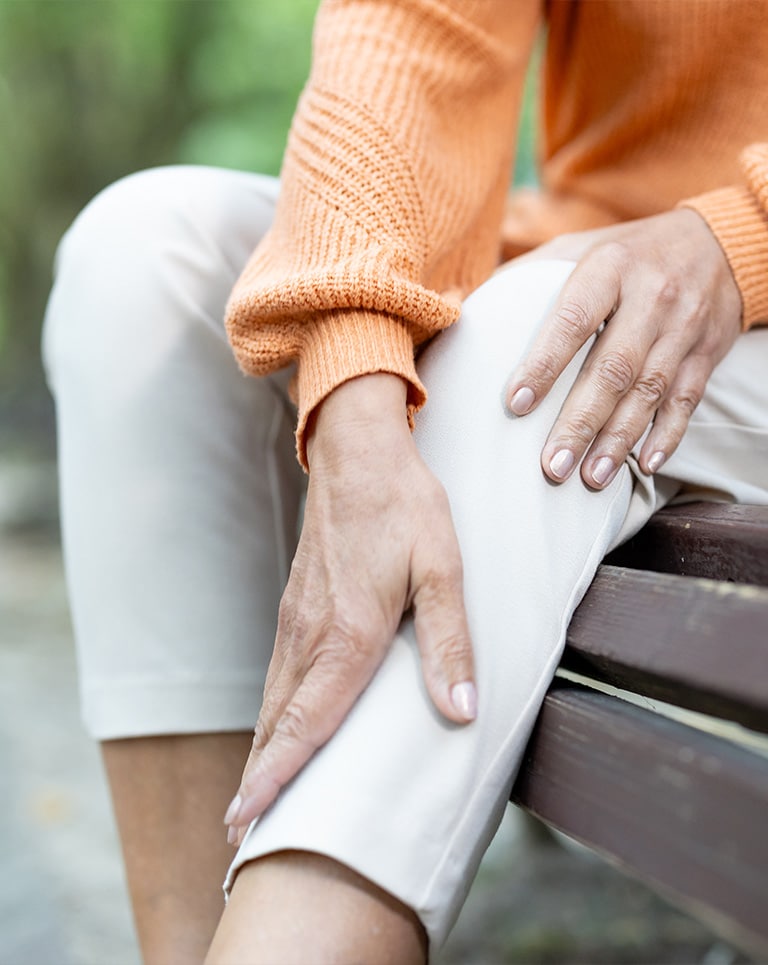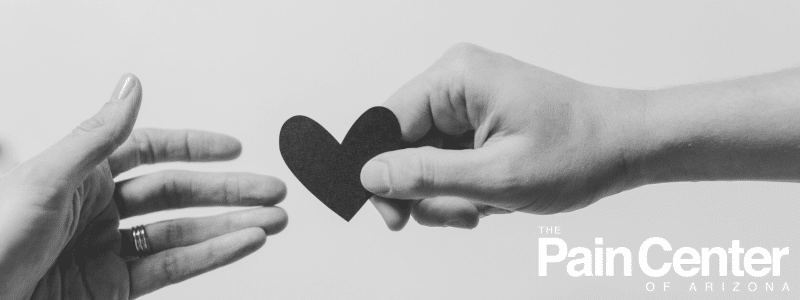
Though they may be separate categories, physical and mental pain are often highly intertwined, especially for those who suffer from chronic pain. Many people in the U.S. currently suffer from chronic pain and an accompanying mental health disorder.
In this blog, we’ll cover the following:
- How does chronic pain affect mental health?
- What is the most painful mental illness to live with?
- Can chronic pain cause a person to become depressed?
- What percentage of people with chronic pain are depressed?
- How does the brain change in chronic pain patients?
- How do you deal with chronic pain emotionally?
- Can chronic pain change your personality?
- Lifestyle modifications for chronic pain and mental health
- Chronic pain and mental health statistics
How Does Chronic Pain Affect Mental Health?
Chronic pain and mental health heavily impact one another. A person who suffers from chronic pain is at high risk of mental health problems such as anxiety and depression, sleep problems, and substance abuse disorders.
Physical pain can exacerbate mental health conditions due to its effect on daily life. Individuals with chronic pain may see it negatively impacting relationships, hobbies, personal health, and overall abilities. This can lead to less enjoyment and fulfillment, causing stress, depression, and anxiety.
PTSD resulting from physical trauma also contributes to chronic pain and mental health disorders. Approximately 15% to 35% of patients with chronic pain also have PTSD. Only 2% of people who do not have chronic pain have PTSD.
What is the Most Painful Mental Illness to Live with?

It’s difficult to pinpoint which mental illness is the hardest to live with because each person’s experience is valid and unique. Many patients and therapists will vouch for borderline personality disorder (BPD) being among the most challenging to deal with due to how it impacts a person’s emotions. Those with BPD often struggle with uncertainty in all areas of life (family, personal, professional, etc.) due to intense emotional pain and distress.
Can Chronic Pain Cause a Person to Become Depressed?
Chronic pain contributes to numerous factors that can increase or bring on depression in a person. Sleep deprivation, stress disorders, low self-esteem, isolation, and financial issues all impact emotional and mental well-being.
What Percentage of People with Chronic Pain Are Depressed?
The American Psychiatric Association writes, “An estimated 35% to 45% of people who experience chronic pain also experience depression.”
Clinical studies have also shown that up to 85% of patients with chronic pain are affected by severe depression.
How Does the Brain Change in Chronic Pain Patients?
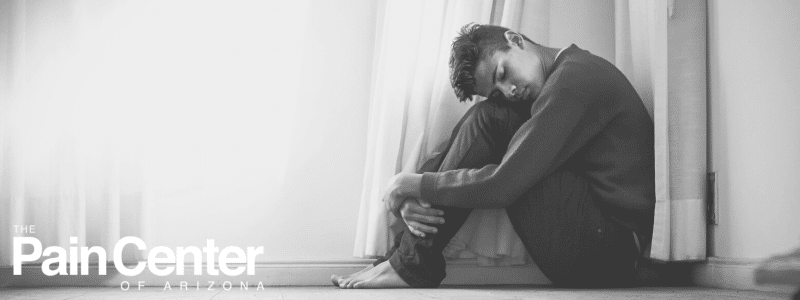
Chronic pain can change the brain’s functions, structure, and connectivity. As a result, chronic pain in patients has been shown to reduce gray matter, increase sensitivity, alter neurotransmitter levels, and reduce attention and memory.
How Do You Deal with Chronic Pain Emotionally?
Chronic pain can take a significant toll on a person’s emotional well-being. Various coping strategies and techniques have proven to help with chronic pain while addressing mental health disorders.
Therapists and physicians may recommend exercises and treatments like cognitive-behavioral therapy (CBT), practicing mindfulness, and relaxation techniques.
Can Chronic Pain Change Your Personality?
Chronic pain can cause disruptions in the communication between brain cells. This way, a person’s personality can change because of reduced effective emotion processing. The development of depression, sleep disturbances, and generalized anxiety disorders, among other mood disorders, can increase irritability and withdrawal in a person.
Lifestyle Modifications for Chronic Pain and Mental Health
There are various ways to manage chronic pain and mental health to increase the quality of life. Working with a professional and taking time to learn at-home practices can decrease daily pain and soothe symptoms of mental illness.
- Perform low-impact exercises. Incorporating simple stretches and movements into your day can help increase flexibility, reduce pain sensitivity and inflammation, build muscle strength, and reduce fatigue.
- Reduce foods that can increase inflammation. Inflammation causes a lot of complications due to swelling. Different foods can contribute to inflammation, leading to chronic pain. Some people may see a difference in avoiding red meat, refined grains, and fried foods.
- Practice sleep hygiene. Sleep is a vital part of a healthy mind and body. It allows the body to rest, supporting healthy brain function and physical health. A routine that includes habits like limiting screen time before bed and a consistent sleep schedule can aid in getting enough rest.
- Take part in self-care activities. Mindfulness through yoga and journaling, massage therapy, and a healthy diet, among other practices, can boost a person’s serotonin levels and aid in mental health.
Chronic Pain and Mental Health Statistics
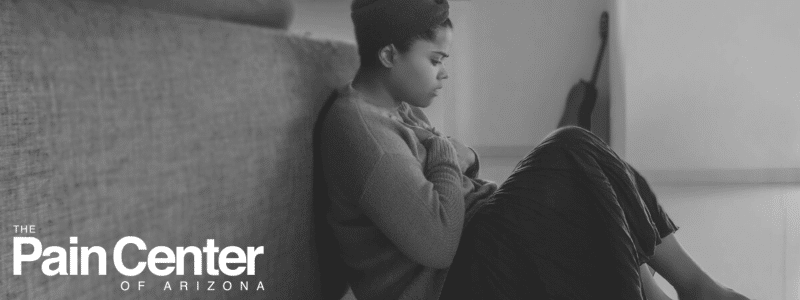
- Approximately 8% of adults have high-impact chronic pain.
- Between 2015 and 2019, more than 160,000 individuals using the Mental Health America screening program self-identified as having arthritis or other chronic pain.
- 47% of those with chronic pain screened positive for severe depression compared to 36% of those without chronic pain.
- 84% of high-impact chronic pain patients cannot work outside the home.
- Several studies indicate that a significant proportion of patients with chronic pain, ranging from 62.9% to 75%, exhibit at least one comorbid psychiatric disorder.
- Anxiety disorders are the second most common psychological comorbidity in populations with chronic pain, following only depression.
Choose The Pain Center for Chronic Pain Management

If you’re among those struggling with a chronic pain condition on top of mental health struggles, you are not alone.
Our team of caring professionals is here to provide you with treatment options that address your chronic pain. With time and management, you can begin to see an increase in your quality of life.
TPC Treatments
TPC Spine Stim
TPC Spine Stim is for patients with chronic back or leg pain who haven’t responded to alternative, conservative treatments in the past six months. The TPC Spine Stim works by implanting a nerve stimulation device into your spine. This device delivers low-voltage electrical currents to areas of the spine to reduce the pain signals causing chronic pain.
TPC Spine Fuse
TPC Spine Fuse targets spinal degeneration, usually brought on by stenosis, spondylolisthesis, and related conditions. It works to alleviate pain due to pressure on the spinal cord and instability that causes painful movements of the vertebrate.
In this procedure, a small incision goes into the back under live X-ray guidance. A device is placed between the spinous processes that fuse the segment. This gives the back stability, where the bones shift forward and backward. Our procedure can also be done through alternative approaches (a posterior, oblique, or lateral approach) depending on each individual’s needs.
TPC Spine Lift
TPC Spine Lift is a spinal decompression treatment aiming to relieve spinal nerve pressure pain. This procedure is designed to aid patients suffering from chronic pain due to spinal stenosis and related conditions.
Our procedure uses the Vertiflex technique, lifting the space where the lumbar vertebrae are narrowing or bulging (often resulting from spinal stenosis). This process is done under a live X-ray as guidance, placing a small device that opens up the pressure area.
TPC Sacral Fuse
TPC Sacral Fuse provides stability to the joints of patients with sacroiliac joint dysfunction. This condition can cause pain with too little or too much joint movement.
Under live X-ray guidance, a small device is placed into the sacroiliac joint, fusing the joint. Fusing the joint creates better stability, targeting pain caused by movement and instability.
TPC Peripheral Nerve Stimulation
TPC Peripheral Nerve Stimulation offers pain relief to patients suffering from peripheral neuropathy and related conditions. A small electrical wire is surgically implanted along the damaged nerves and delivers rapid electrical pulses. These pulses feel like mild tingles, called paresthesias, and help to minimize pain.
TPC Spine Decompress
TPC Spine Decompress offers a minimally invasive method of pain relief for patients with spinal stenosis. In this treatment procedure, a small trocar needle is used to locate where the narrowing is causing the pain is occurring. Following this, we use a small instrument called the rongeur to remove excessive bone or tissue to open the area.


